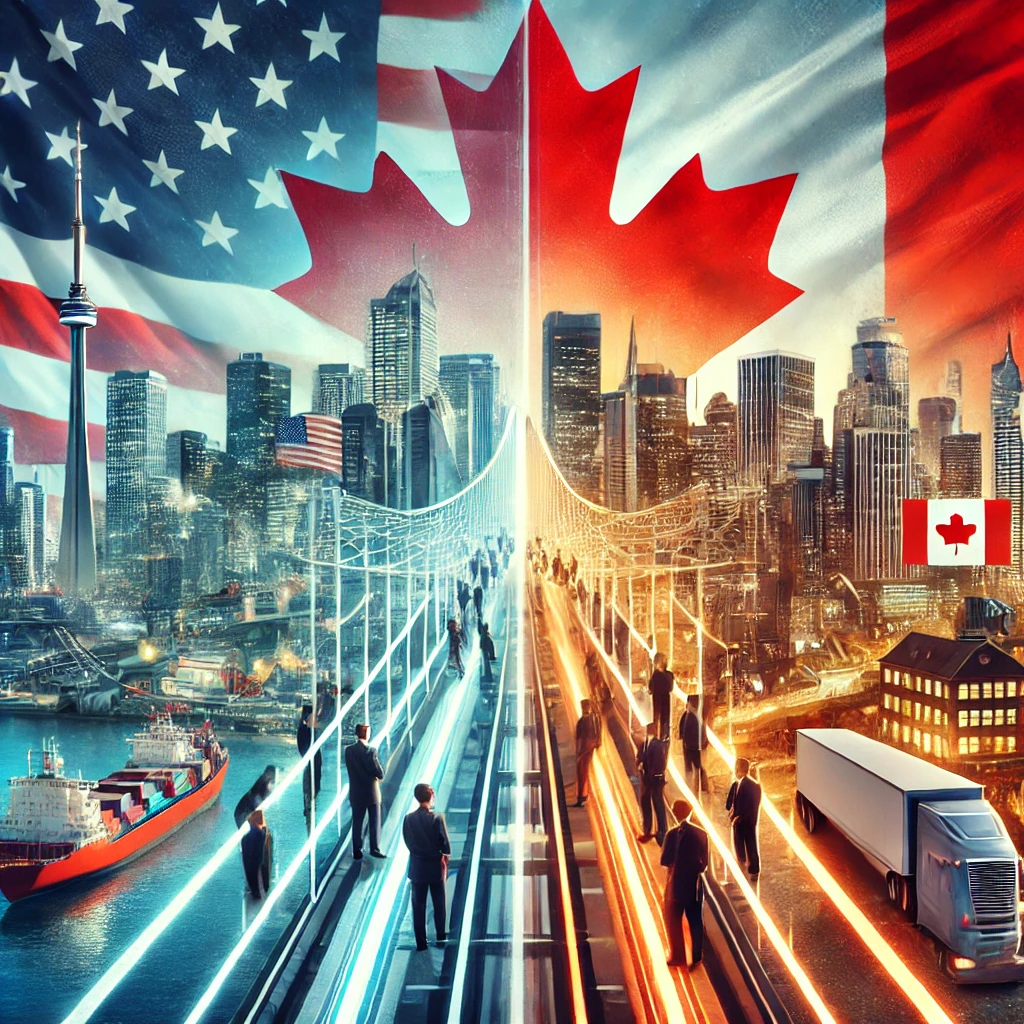




Expand Your Horizons: Why Limiting Yourself to the U.S. Means Missing Out on Canada’s Market Potential
For many businesses, the United States is the ultimate market—large, diverse, and filled with opportunities. However, in focusing solely on the American consumer base, many companies overlook a lucrative and accessible market just across the northern border: Canada. While it may not be as large in population, Canada presents a wealth of untapped potential for businesses willing to expand their reach. With a stable economy, high consumer spending power, and a regulatory environment that aligns closely with American standards, Canada is an opportunity that shouldn’t be ignored.
One of the key advantages of expanding into Canada is its economic strength. As the tenth-largest economy in the world, Canada boasts a GDP exceeding $2 trillion, with a high standard of living and a well-developed infrastructure. Canadian consumers are not only willing but also able to spend on high-quality goods and services.
* The Importance of Proximity in Everyday Life
Proximity plays a crucial role in various aspects of our daily lives, influencing our interactions, decision-making, and overall convenience. Whether it’s the location of our home in relation to our workplace, the accessibility of essential services, or the ease of social interactions, closeness matters. People often choose their residences based on how near they are to schools, hospitals, or shopping centers, prioritizing convenience and time efficiency. Businesses, too, leverage proximity to attract customers, with retail stores and restaurants strategically placed in high-traffic areas. In relationships, emotional and physical closeness fosters stronger bonds, allowing people to build trust and mutual understanding. The significance of adjacency is evident in urban planning, transportation systems, and even digital interactions, where geographical nearness can enhance collaboration and communication.
Beyond personal and professional aspects, proximity also affects economic and technological advancements. Companies establish production units closer to raw materials or target markets to reduce costs and improve efficiency. In the digital world, data centers are placed in strategic locations to ensure fast and uninterrupted services. Even in scientific research, the closeness of related disciplines fosters interdisciplinary studies and innovation. In a psychological context, people tend to feel more connected to those they frequently interact with due to the mere exposure effect.
* Language
* Culture
The Growing Market for Cannabis Accessories





